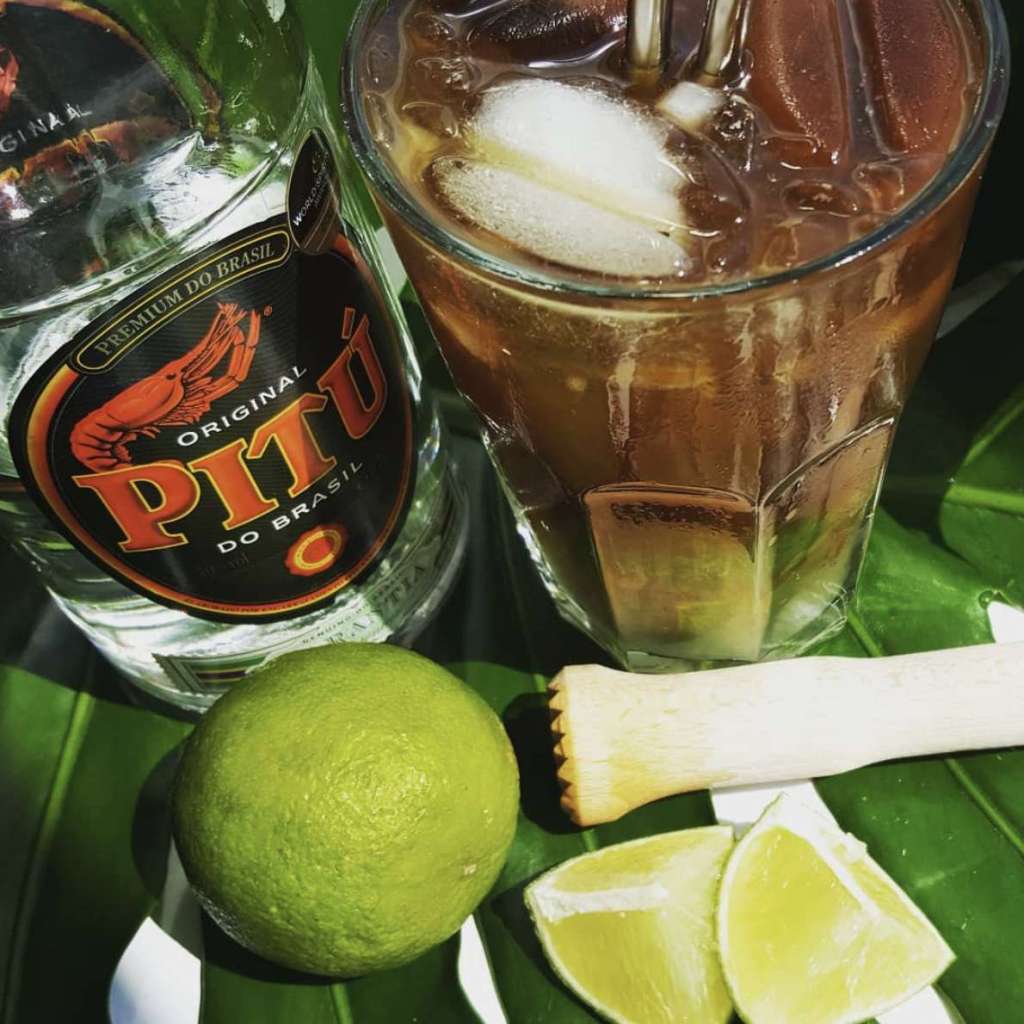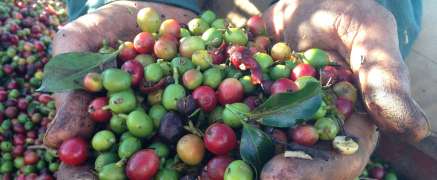#1 – Brazil is the largest coffee producer, consumer and exporter worldwide.
- The first coffee seeds came from French Guiana to Brazil in 1727, as a smuggling product, hidden in a bouquet of flowers.
- Coffee in Brazil – most important cultivation areas are in the southeast of Brazil: Paranà, Sao Paulo, Minas Gerais and Espirito Santo
- In 1845 about half of all coffee beans came from Brazil.
- Brazil has been the market leader since.
- Slavery on the coffee plantations existed until 1888 („Lei Aurera“)
- Today approximately 45 million bags of coffee beans of 60 kg are produced each year.
- Brazil has a market share of 34 % of worldwide produced coffee
- with Approx. 80 % Arabica and 20 % Robusta beans.
Advertisment
- In 2017, Brazil had to import 1 million Robusta coffee bags from Vietnam for the first time due to drought
- So the coffee consume of the Brazilians is not a burden for their own Arabica export.
- The taste of Brazilian coffee is full bodied, Chocolate notes, sweetish mild and little acidity
- Unfortunately the coffee cherry picking is done often mechanically and pesticides are also often used.
- USA & Germany are main customers.
Coffee in Brazil – Traditional Preparation
Cafezinho
- Add water of a small coffee cup and 3 tbsp of sugar in a small saucepan.
- Then add 1 heaped tbsp espresso coffee powder, leave it for a moment.
- Pour into a small cup through a colador or sieve and drink in one sip.
- everywhere and at any time, whether with friends, relatives or at work.
- It is sold on the street as well in small plastic cups.
Café com Limão / Limãozinho
- is similar to the Mazagran
- Fill a glass to 2/3 with ice cubes.
- Add juice of a lemon in the glass,
- chilled Cafezinho,
- and sugar to taste.
Café com Leite
- similar to café au lait or cafe latte.
- more milk than coffee
- First your cup is filled up with hot milk until you say “stop,” and then your filtered coffee or espresso is added.
Advertisment
Pingado
- Café com Leite with less milk
Café de olla
- Bring 1 l of still mineral water together with 5 cloves, 2 cinnamon sticks and peel of half an orange to a boil.
- simmer for 10 min. on a small flame.
- Add 30 g of coffee powder and 60-125 g of brown sugar and bring shortly to a boil.
- Remove the pot from the fire and let it drain for 5 minutes.
- As Café de olla tastes best in cold, fill it with a fine sieve into a jug or bottle and place into the frige.
Mocha Cola
- that’s truly a trend of coffee in Brazil
- Pour 60ml strong coffee and 80ml cola together with 180ml cocoa into a glass with ice cubes. Optionally top with whipped cream or vanilla ice cream.
Advertisment
Coffee in Brazil
Advertisment
… It is weekend. I do not know how you are, but I always have to think about Caipirinha. Therefore, here is a recipe for you, the coffee and Caipi united:
Coffee Caipirinha
For 4 glasses:
100 ml of coffee
4 untreated limes
4 tsp brown sugar
400 gr Crushed ice
160 ml Cachaça
Brew the coffee and let it cool. Cut the lime in eighth and beat in a bowl with brown sugar. Fill in four glasses and top up with the coffee, crushed ice and cachaça. Cheers!

For advertising links on this page the dealer may pay a commission. These advertising links are marked with an asterisk (*) – images and banners are marked with “Ads” or “Advertisment”. There are no costs for you. Find more information in the data protection regulations here.














